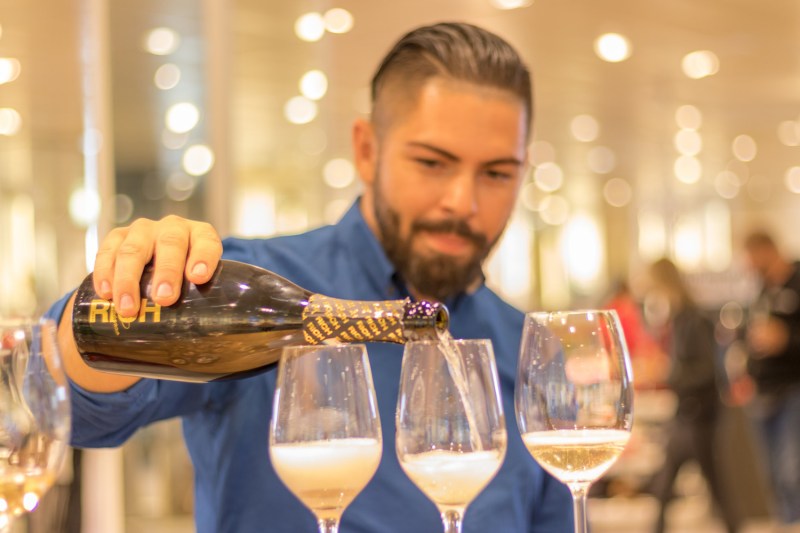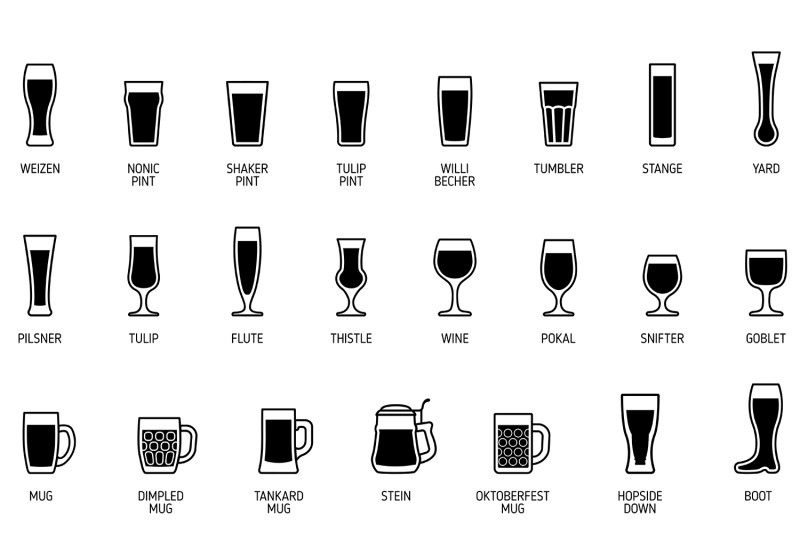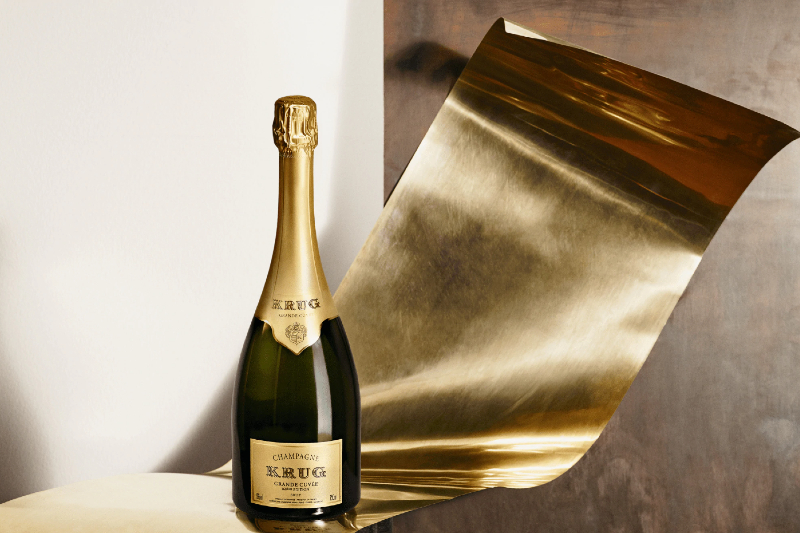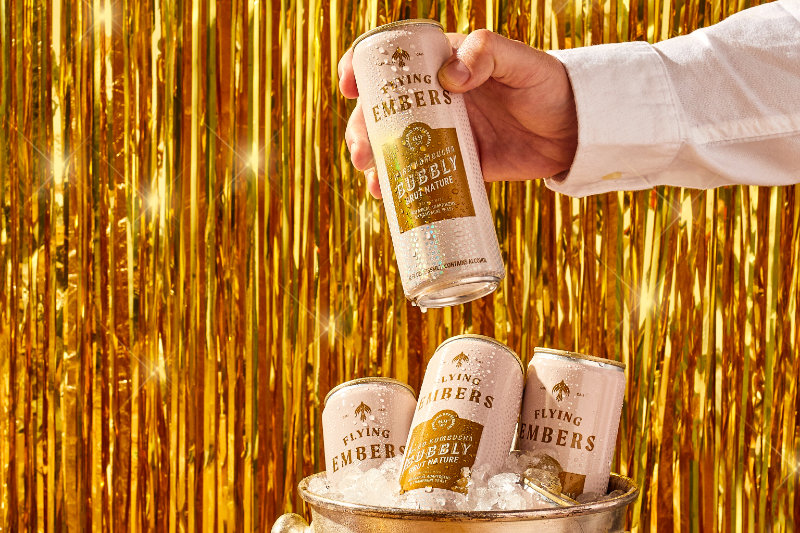
We at The Manual often love to talk about beer and bourbon, along with other delights that start with the letter B (think Bacon! Beards! Barbecue!). However, we’re excited to switch it up a bit and talk about bottles of Champagne to mark the beginning of a new year. Drinking Champagne is an essential part of most people’s New Year’s Eve celebrations.
Hence, we took the time to gather the best Champagnes for all of your celebrations, the best Champagnes under $100 (if you’re looking for cost-effective options), and the best Champagnes for mimosas to jumpstart your 2022 brunches. Whether or not you are spending the night pouring your friends a cup of Champagne in a tux, you have to make sure that you are doing it the right way.
Fortunately, we’ve worked with master sommelier Brahm Callahan to help you master the art of serving Champagne. He is the corporate beverage director of Himmel Hospitality Group in Boston, which includes Grill 23 & Bar (a restaurant with over 1,900 wine selections), Harvest in Cambridge, Massachusetts, and Post 390. If your resolution for 2022 is to improve your Champagne serving skills, we got your back.
How to Open a Champagne Bottle

Bad news: Opening a bottle of Champagne by pointing the bottle away from your face and seeing how far you can pop the cork is not the best way of serving this drink (shocking, right?). Instead, follow these steps:
- First, loosen to cage around the cork.
- Next, hold the bottle at a 45-degree angle away from you with the cork and the cage in one hand and the bottom of the bottle in the other.
- Finally, turn the bottom of the bottle, while applying slight pressure to the cork and cage. Soon, the cork will come out with the slightest hiss and very little (if any at all) spilled wine.
If you want to get fancy, you can always try sabering the bottle.
The Correct Temperature for Champagne
When it comes to the temperature of the wine you’ve just opened, Callahan says your choice should be based on two things; preference and making sure the wine shows best.
“Temperature is a wine’s best friend or its enemy; the colder a wine is the more you can hide its flaws, the warmer it is the more it shows its true expression. This can be a good thing if you are drinking great Champagne, but not so much if you are drinking a room-temp, $8 bottle of Prosecco,” he says.
Shooting for between 45 and 50 degrees Fahrenheit is a good range. When it comes to cheaper stuff, which is made by the Charmat (otherwise known as the “Italian” or “Tank”) method, Callahan says the colder the better.
Champagne Glassware

As for what glass to use, there is also some debate here (again coming down to personal preference, but since Callahan’s the expert, we’re siding with him). A Champagne flute — which most of us probably use when enjoying sparkling wine of any sort — helps keep all the bubbles, but can allegedly mute the subtleties in a great wine. Callahan’s personal preference is a white wine glass.
Pouring and Pairing Champagne
Once it’s time to pour, Callahan says that you shouldn’t be afraid to pair Champagne with various parts of the meal, not just save it for a toast. “The range of styles, grapes, and sweetness levels means that you can drink a different style and profile of wine with every course,” he says.
(One of our favorite pairings? Fried chicken and sparkling wine. Try it. It’ll change your life.)
Finally, what happens when you’re done? While you can find stoppers that seal the bottle, the best bet, Callahan says, is to drink it all. “As soon as you open it, the wine starts to oxidize and it will go flat — even with a stopper — after a few days. I suggest just making a friend and finishing the bottle,” he says. We wholeheartedly agree.
There you have it. Next time you’ve got a bottle of bubbly in front of you, there will be no need to worry that you’re going to screw something up. You can now serve and enjoy the finest Champagnes in the world with confidence.
Champagnes to Try
Christophe Mignon Brut Nature Champagne

This brut shows a beautiful, expressive nose of red fruits and faint floral aromas. Rich on the palate with balanced acidity, taut minerality, and a super-dry finish. It is best paired with pork, rich fish such as salmon and tuna, shellfish, and mild, soft cheese.
Billecart Salmon Brut Rose Champagne

Billecart Salmon Brut Rose Champagne has subtle aromas of red berry flavors and citrus zest with an aromatic burst which is both floral and refreshing. On the palate, this Champagne has a creamy smoothness with a character of wild strawberries and a slightly raspberry finish. It is best accompanied by a fillet of wild salmon or lobster.
Krug Grande Cuvée Champagne Brut

Krug Grande Cuvée has a light golden color and aromas of flowers in bloom, ripe, dried, and citrus fruits, as well as marzipan and gingerbread. Hints of hazelnut, nougat, barley sugar, jellied and citrus fruits, almonds, brioche, and honey can also be tasted on the palate with this brut.
Flying Embers Kombucha Bubbly

Flying Embers Kombucha Bubbly is an alternative to Champagne, but still delicious! This handcrafted hard beverage is designed for a lighter, brighter buzz. This bubbly is made with organic ingredients all at zero sugar and zero carbs. Bright, elegant, and silky, this bubbly is fermented with champagne yeast and whole plant botanicals. Aged to perfection in French oak chardonnay wine barrels, it’s crisp, dry, and sans the sugar bomb that comes with conventional Champagne.


